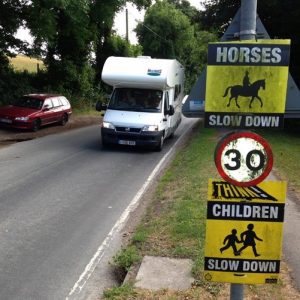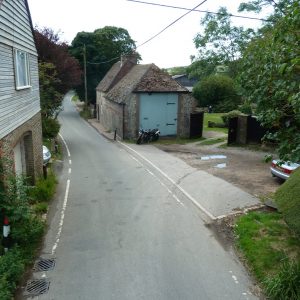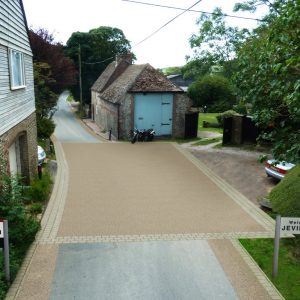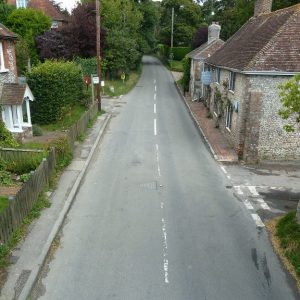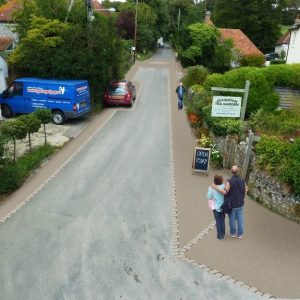Ashford
The transformation of Ashford’s former bleak and unsafe ringroad into a low-speed public space was one of the most significant early examples of the civilising effect of low-speed design in the UK. The Ashford scheme was awarded the RTPI Annual Award for its major contribution to transport and urban design.
The former ring road presented an unpleasant barrier to visitors arriving in the town centre, with its barriers, traffic signals, signs and racetrack markings. The initiative to transform this 1970’s legacy was led by Kent County Council and Ashford Futures, with advice and strategic input on shared space from Hamilton-Baillie Associates. It has now been in operation since October 2008. The former one-way system was returned to two-way flow, and six sets of traffic signals removed. A new civic space, Elwick Square, was created where the pedestrian route from the international railway station enters the town centre. The scheme aimed to resolve the resulting interaction of pedestrians, cyclists and vehicles without resorting to guardrails, signals and underpasses
Traffic speeds have reduced significantly, down to 21.5 mph from 45 mph. The formal three-year review of the scheme’s operations noted significant reductions in serious injuries, especially those involving pedestrians. Some find the lack of rules and controls uncomfortable, and many useful lessons have been learned. But overall the project has succeeded in transforming the approach to Ashford, and appears to have underpinned the efforts of Ashford Futures to regenerate the town. One visually-impaired resident commented that the scheme allowed him to navigate his way into town comfortably for the first time.



